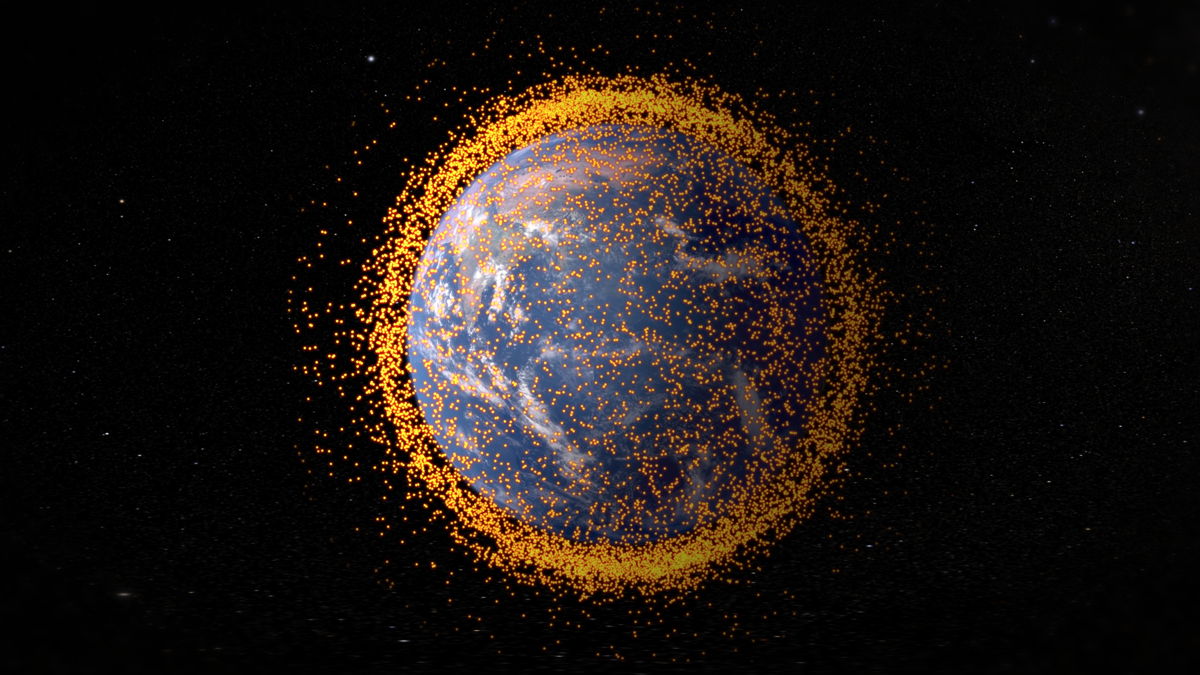Japan to Test Space Junk Cleanup Tether Soon: Report

Japanese scientists are getting ready to launch a test of a space junk-cleaning tether, according to press reports.
Japan Aerospace Exploration Agency (JAXA) researchers are developing an electrodynamic tether designed to generate electricity that will slow down space-based debris, according to a report from Agence France Presse.
The slowed-down space junk will fall into lower and lower orbits until burning up harmlessly in Earth's atmosphere. [Photos: Space Debris Images & Clean Up]
Scientists are planning to launch a satellite that will test part of the system on Feb. 28. "We have two main objectives in the trial next month," Masahiro Nohmi, associate professor at Kagawa University, who is working with JAXA on the project, told the AFP. "First, to extend a 300-metre (1,000-foot) tether in orbit and secondly to observe the transfer of electricity."
"The experiment is specifically designed to contribute to developing a space debris cleaning method," Nohmi said.
The scientists aren't planning on capturing any orbital debris during February's test launch. However, that could be the goal of a future test. AFP also reports that JAXA may launch a tether test sometime in 2015.
Upper stages of launch vehicles, defunct satellites, flecks of paint and other pieces of fast-moving space junk can all threaten active spacecraft. In 1996, a French satellite was damaged by debris from a rocket that exploded 10 years earlier, and a 2007 anti-satellite test launched by China introduced more than 3,000 pieces of debris to space, according to NASA.
Sign up for the Live Science daily newsletter now
Get the world’s most fascinating discoveries delivered straight to your inbox.
As of Sept. 2013, NASA officials estimate there are more than 500,000 pieces of debris the size of a marble or larger orbiting Earth. More than 20,000 pieces of space junk are larger than a softball, but there are millions more that are too small to track, NASA officials have said.
Aside from the tether idea, scientists have also come up with other methods for cleaning up space. CleanSpace One is a spacecraft developed by the company Swiss Space Systems and is designed to grapple satellites and plunge them both into Earth's atmosphere. The robotic Phoenix spacecraft would scavenge parts off derelict satellites to use in new space operations on orbit.
Follow Miriam Kramer @mirikramer and Google+. Follow us @Spacedotcom, Facebook and Google+. Original article on SPACE.com.












